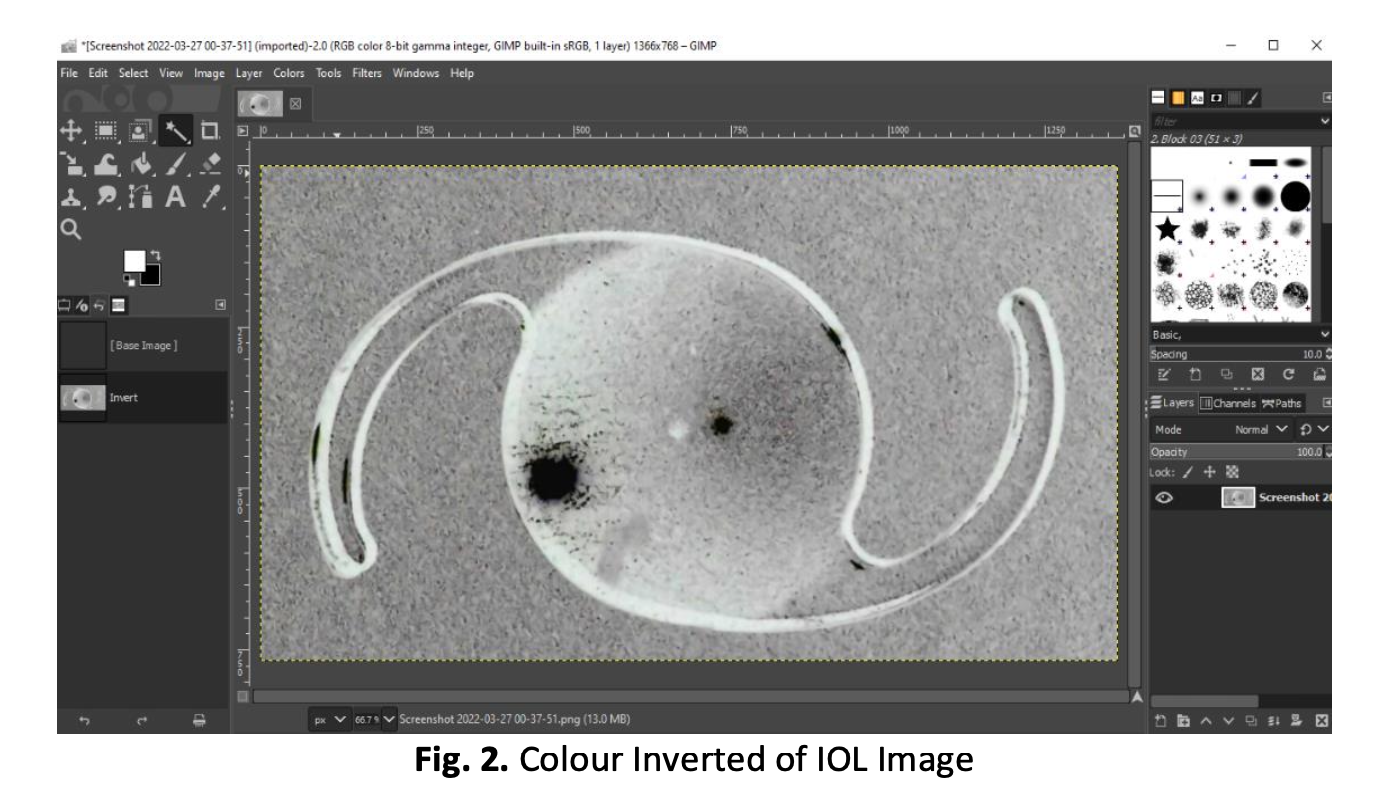Modelling Intraocular Lens Design Based on Image Analysis
DOI:
https://doi.org/10.37934/araset.33.1.6774Keywords:
Intraocular lens, modelling, image analysisAbstract
Intraocular lenses (IOLs) are commonly used to treat ocular diseases such as cataracts. The International Organization for Standardization (ISO 11979) recommends examining IOLs using real model eyes with the lenses in situ, although this process can also be simulated in silico with an accurate IOL haptic design. One way to create this design is by using software such as Abaqus, which generates a finite element mesh configuration with a linear element set up and directly tests it in the model eye using the same program. While this process is like those reported in other studies and includes most of the software necessary for generating the result automatically, there is an alternative method for generating the IOL haptic design — microscopic image analysis. The purpose of this study was to evaluate the image quality of IOL using microscopic analysis. Several IOL images were captured using a microscope and the converted into vector images and the steps were repeated after two weeks. The structural changes in the images were measured using the Structural Similarity Index Measure (SSIM). All the tested IOLs have SSIM values greater than 0.7. The greatest value was extracted from the simplest IOL shape design. Our result suggests that image analysis for IOL modelling is a reliable method and best for simple IOL shape design.
Downloads





























